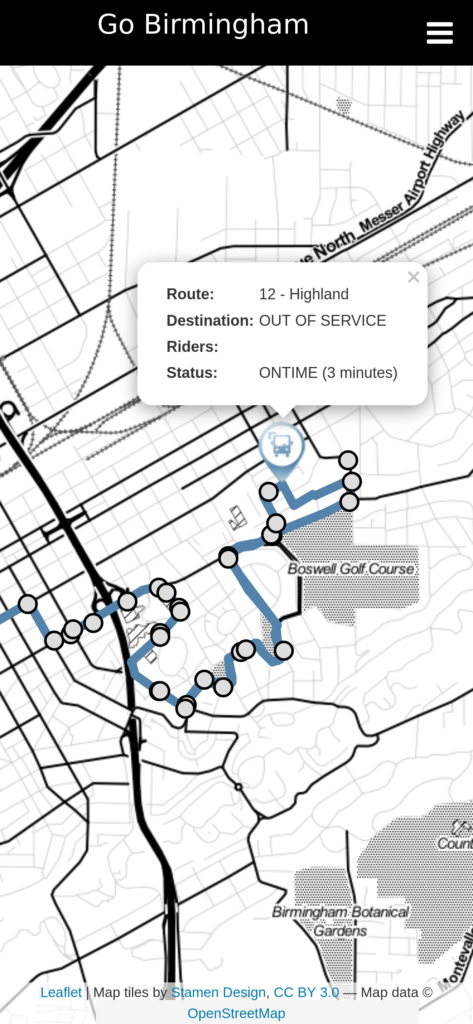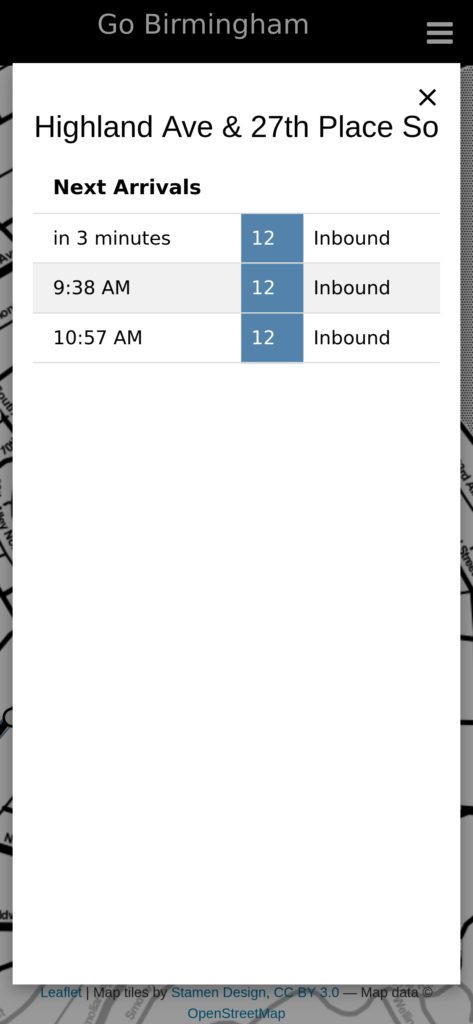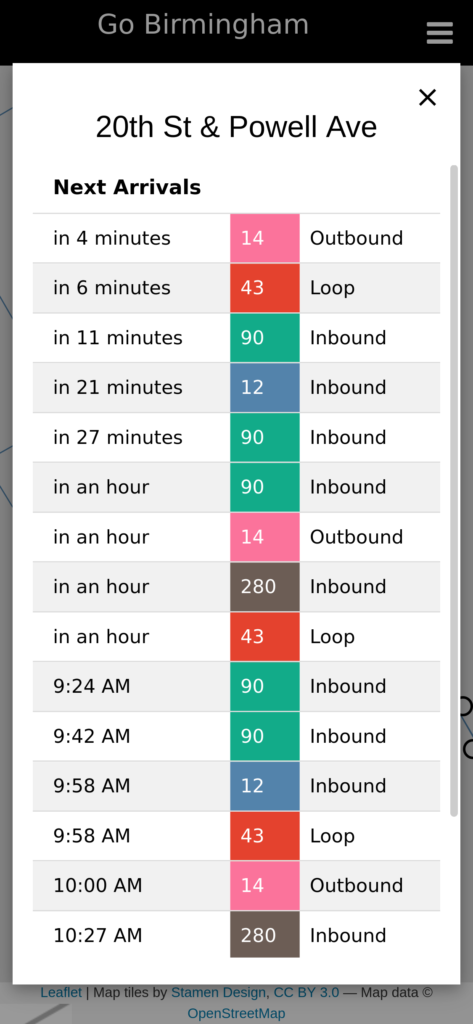During a recent visit to Steamboat Springs, Colorado, I quickly became frustrated with the app for the free bus system. I thought to myself that it would be really nice to have my Montclair app available for other cities. With that, the Go Transit series of apps were born.
I started off building out github actions for the montclair, montclair-pwa-android, and montclair-pwa-ios projects. The github actions will automatically generate a compiled build when the repository is tagged.
The next step was to build a transmogrifier. The transmogrifier takes a configuration, then pulls down a specific version of montclair, montclair-pwa-android, and montclair-pwa-ios, and replaces all the necessary names, strings, icons, and other information. The new versions are then pushed to their own repositories and tagged, which automatically kicks off the white labeled builds.
All that is left it to create a custom configuration (see Steamboat for an example). The assets projects all have github actions too, and each time a commit is pushed, it will then run the transmogrifier.
When all the builds are done, they can be uploaded to my website hosting provider, the Google Play Store, and the Apple App Store.
So far I have created white label builds for:
Developer:
Unknown
Price:
Free
Developer:
Unknown
Price:
Free
Developer:
Unknown
Price:
Free
Developer:
Unknown
Price:
Free
Developer:
Unknown
Price:
Free
For more information, see the Go Transit App website.



